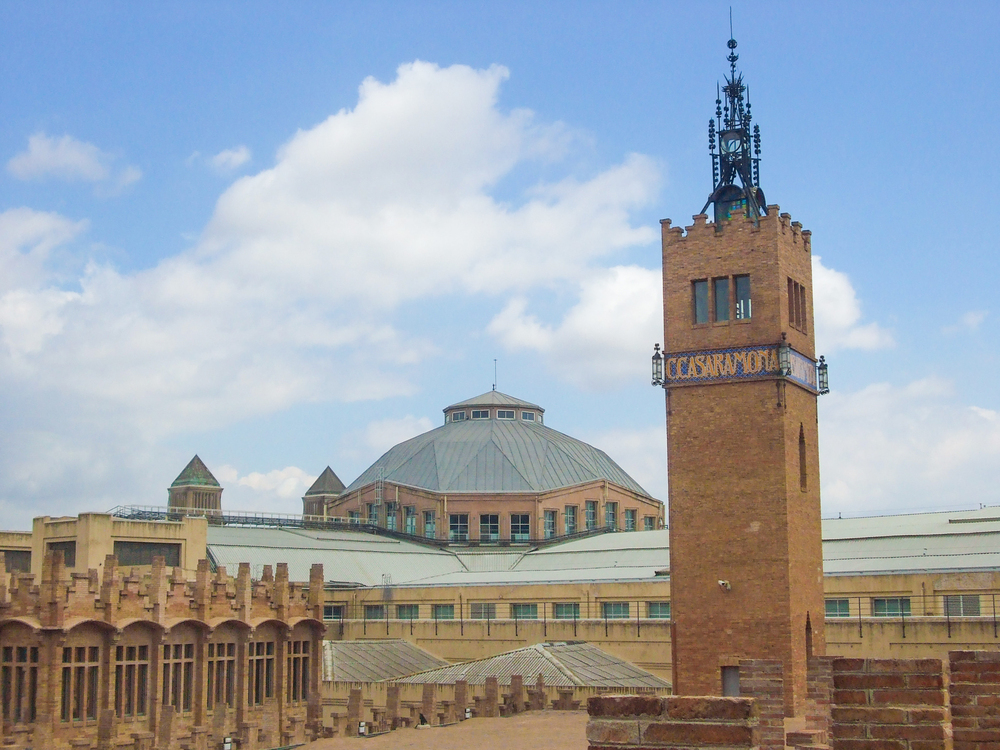
Little remains of what in its beginnings was… Perhaps only two Visigothic capitals that can still be seen on its façade and a tombstone inside of Guidré II, who, according to the confusing history of this parish, assures that he was its founder, remain from that time. And the absence of documents does not allow us to know exactly its origin.
The tombstone of Wilfred II Borrell is located in the chapter house and through it it has been concluded that it is possible that there was a Benedictine community that disappeared after the Almazor attack in 985.
At the beginning of the 12th century, Geribert Guitard and Rodlendis were responsible for the restoration of the monastery, who joined it to the Monastery of Sant Cugat as a priory.
More restorations took place between the 19th and 20th centuries that focused on eliminating parasitic buildings.
The parish church of Sant Pau del Camp was once a monastery. In 1879 it was declared a national monument.
Its artistic and cultural richness is well worth a visit. In addition, despite going unnoticed, we dare to say that it is one of the most charming churches in Barcelona.



